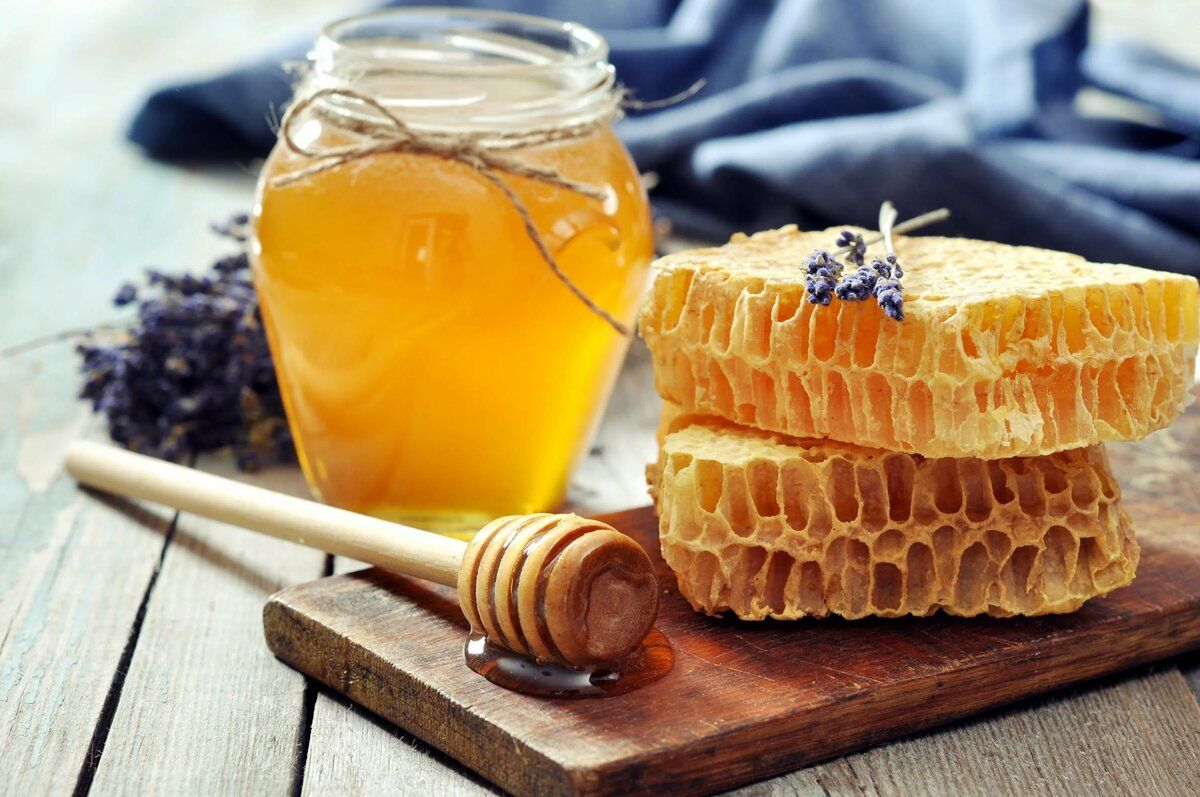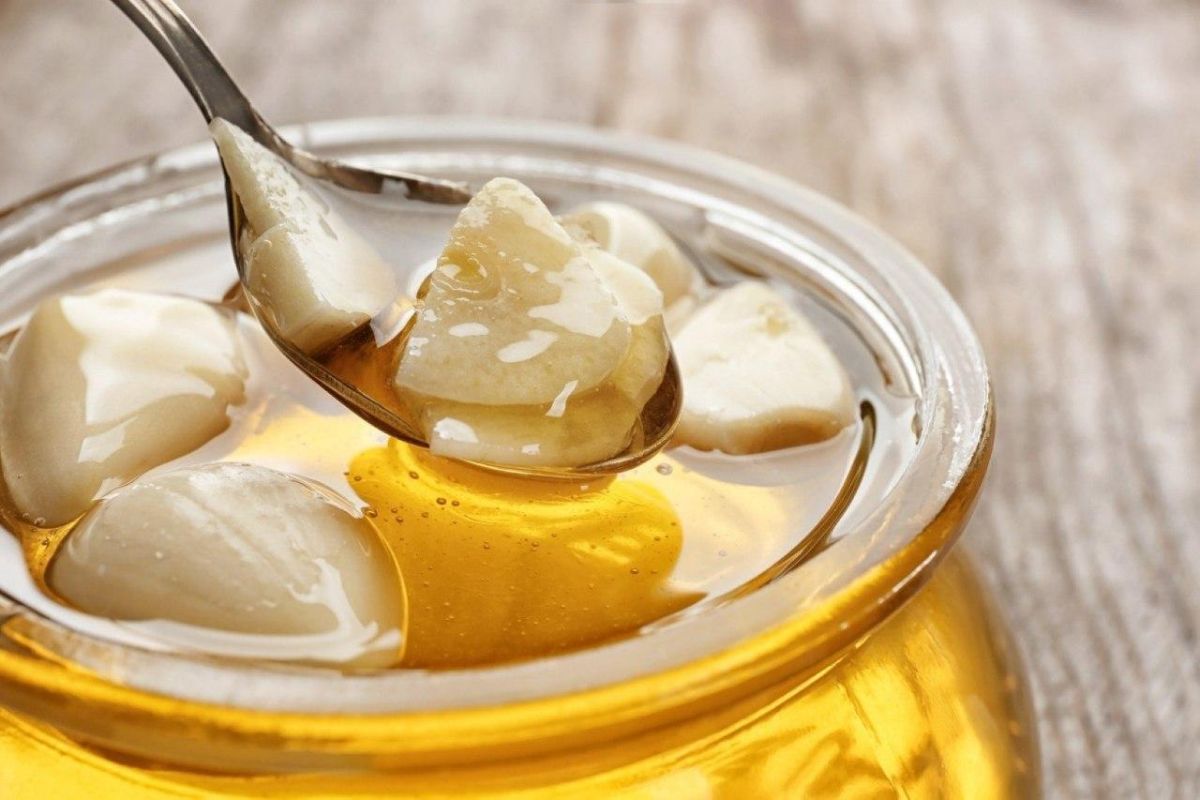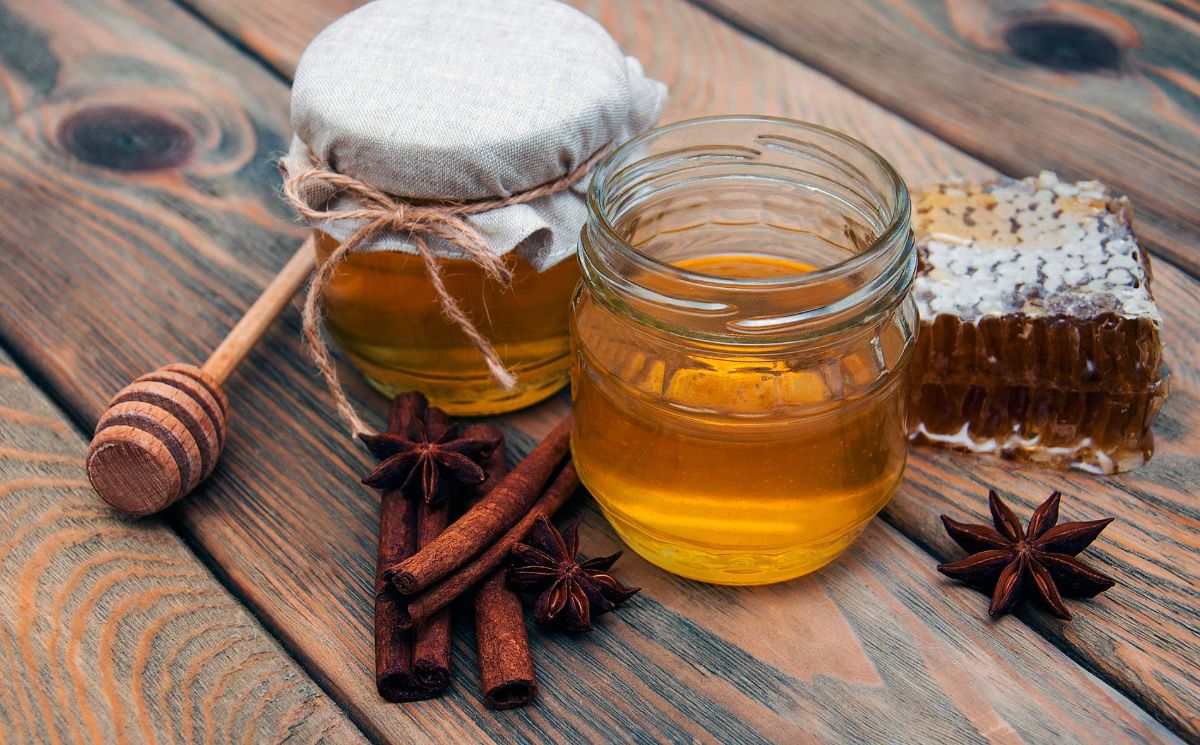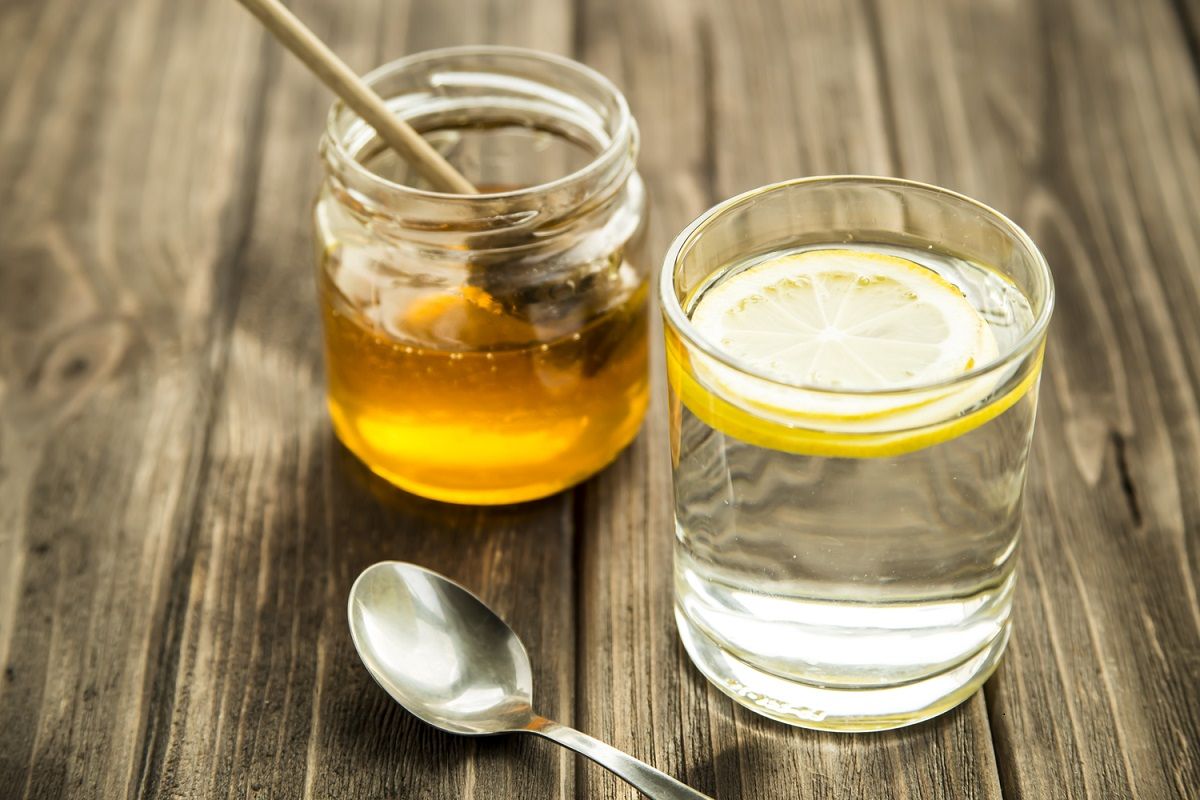Where and how best to store honey at home — 5 recommendations
Honey contains a lot of nutrients and is an excellent substitute for refined sugar.
To save everything useful properties of honey , it is necessary to carefully observe simple storage rules that will exclude spoilage of the product and loss of biological value.
According to GOST, honey can be stored for up to 1-2 years. However, even during this period, the product may deteriorate if the banal storage conditions are not observed.
5 Storage Tips
Let's look at the 5 most significant factors responsible for the safety of honey at home.
1. Container
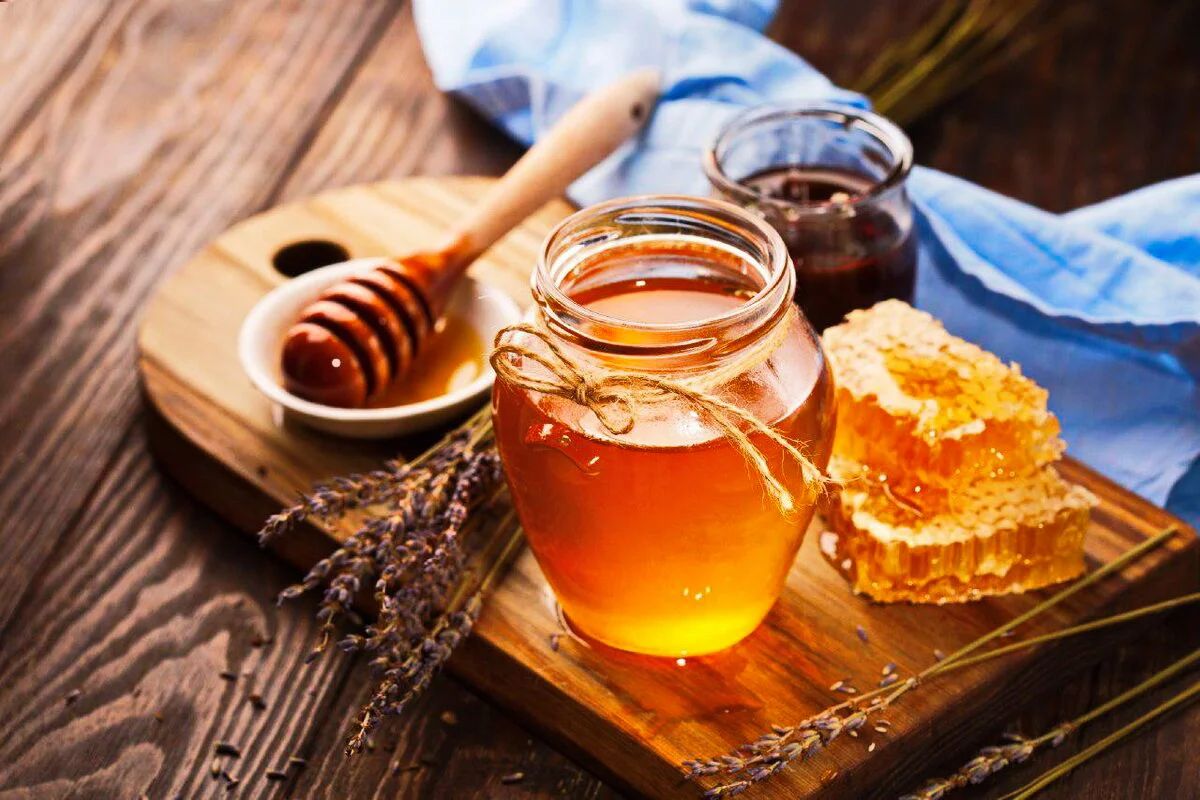
Dishes for storing honey should be perfectly clean and dry. It is better to use glass containers with an airtight lid. Honey in glass products can retain its properties for up to several decades.
It is better to abandon the use of any metal products (made of steel or aluminum), since they will oxidize, which will lead to a decrease in the volume of biologically active substances.
Storage in plastic containers and flasks is also allowed, but the duration should not exceed 12 months.
2. Indoor humidity
In no case should moisture enter the container containing honey (condensate, high humidity in the room, direct stream of water, etc.). Such protection is provided through the use of sealed packaging.
It is also strictly forbidden to take honey out of the container with raw cutlery. Abundance of moisture will reduce the volume of nutrients (sugars, proteins, enzymes, vitamins and minerals, organic acids) will negatively affect the taste and aroma, and may also contribute to the development of bacterial or fungal flora.
Humidity in urban apartments is usually ideal for preserving a natural dessert for many years to come.
3. Air temperature
The ideal temperature for long–term preservation is from 10 to 20 degrees. Exceeding this indicator will lead to a partial loss of the biological potential of the product.
Freezing or cooling honey in the refrigerator will also adversely affect the quality.
In no case should honey be heated above 60 degrees. At such temperatures, the product is destroyed, which changes its taste and aroma and significantly reduces the shelf life. Scientists claim that any significant heat treatment reduces the benefits of subsequent honey consumption.
In the cold or in the refrigerator (at subzero temperatures) honey should also not be kept. In such conditions, it begins to crystallize quickly after defrosting, and the level of vitamins decreases. This rule is especially relevant honey in honeycombs . Wax does not like sudden temperature changes.
4. Illumination
Exposure to any light (especially sunlight) can lead to changes in the appearance of the product (darkening, the appearance of colored spots on the surface), as well as to a decrease in the concentration of biologically active substances (mainly vitamins and enzymes).
However, short-term exposure to sunlight, according to experts, can Destroy pesticides and harmful chemicals in honey.
Ideally, honey should be stored in a dark and dry place (for example, in a kitchen cupboard).
5. Smells
Honey is an ideal medium, capable of absorbing any odors from the external environment, even though the lid is tightly closed.
Salted and dried fish, paints and lubricants are considered the most dangerous in this regard.
It is almost impossible to get rid of an extraneous fragrance afterwards.
What is the expiration date?
 High-quality honey, according to the standard, should be stored for no more than 1-2 years. However, if all storage conditions are met, the beekeeping product can retain its properties for decades.
High-quality honey, according to the standard, should be stored for no more than 1-2 years. However, if all storage conditions are met, the beekeeping product can retain its properties for decades.
During the aging process, honey can crystallize or darken, losing some of its flavor over time. Such phenomena are considered the norm if they do not occur abruptly, but for a long time (over many years).
To maximize the shelf life, it is recommended to follow a number of simple rules:
- Avoid sudden temperature changes in the room;
- Do not expose the product is exposed to significant heat (over 60 degrees) or freezing;
- Use only glassware with an airtight lid for storage;
- Protect the beekeeping product from bright light sources (especially sunlight);
- Do not store honey in humid rooms (especially with the lid open).
Answers to questions
Let's look at the most common situations that can take you by surprise when storing honey.
1. Honey stratification
The main reasons leading to honey stratification are:
- High humidity. Excessive moisture content in honey (more than 21%) or improper storage (humid external environment, not tightly fitting lid) will lead to delamination.
- Mixing with other varieties. Honey of different varieties or different collection times should not be mixed in one container.
- Fake. Stratification can be observed as early as a few days or weeks after the purchase of a fake.
In the first two cases, honey is stratified for a long time (at least 3-5 months), which allows you to confirm its authenticity. You can eat such a product, but you do not need to fix the problem.
The only thing that can help is careful stirring. Heating is strictly prohibited.
2. Darkening
The main reason why honey darkens is exposure to high temperatures (over 60 degrees) or direct sunlight. For example, UV exposure for 24 hours is enough for honey to completely change its color.
Darkened honey can be consumed, but it is almost completely devoid of biological properties, since the main enzymes and vitamins have been destroyed.
The product can darken even if stored properly. The color shades gradually change over the years. Such a product can be safely consumed without fear that biologically active substances are lost.
Rapid darkening of the product is one of the main signs of unfitness for consumption.
3. Candying
Crystallization or the formation of small crystals in honey is a natural process observed during the storage of honey. As the crystals grow, the beekeeping product thickens and can change its color. There are a number of factors that accelerate the candying of honey:
- Low or subzero storage temperature;
- The abundance of pollen in the product;
- Low indoor humidity.
Candied honey can be safely eaten. To return the product to its original fluidity and dissolve the crystals, you should:
- Pour the right amount of honey into a glass container.
- Place the container in a bowl filled with warm water (up to 30-40 degrees).
- Wait 30-40 minutes. The crystals dissolved.
However, after such treatment, it is recommended to eat any honey variety for the next 48 hours.
Conclusion
- Summing up, we can conclude that the proper storage of a beekeeping product is a rather complicated process.
- It must not be exposed to moisture and direct sunlight, heated, or used dishes made not of glass.
- With adequate storage, the product can change its organoleptic properties, but not the volume of biologically active substances that determine its value for health.
